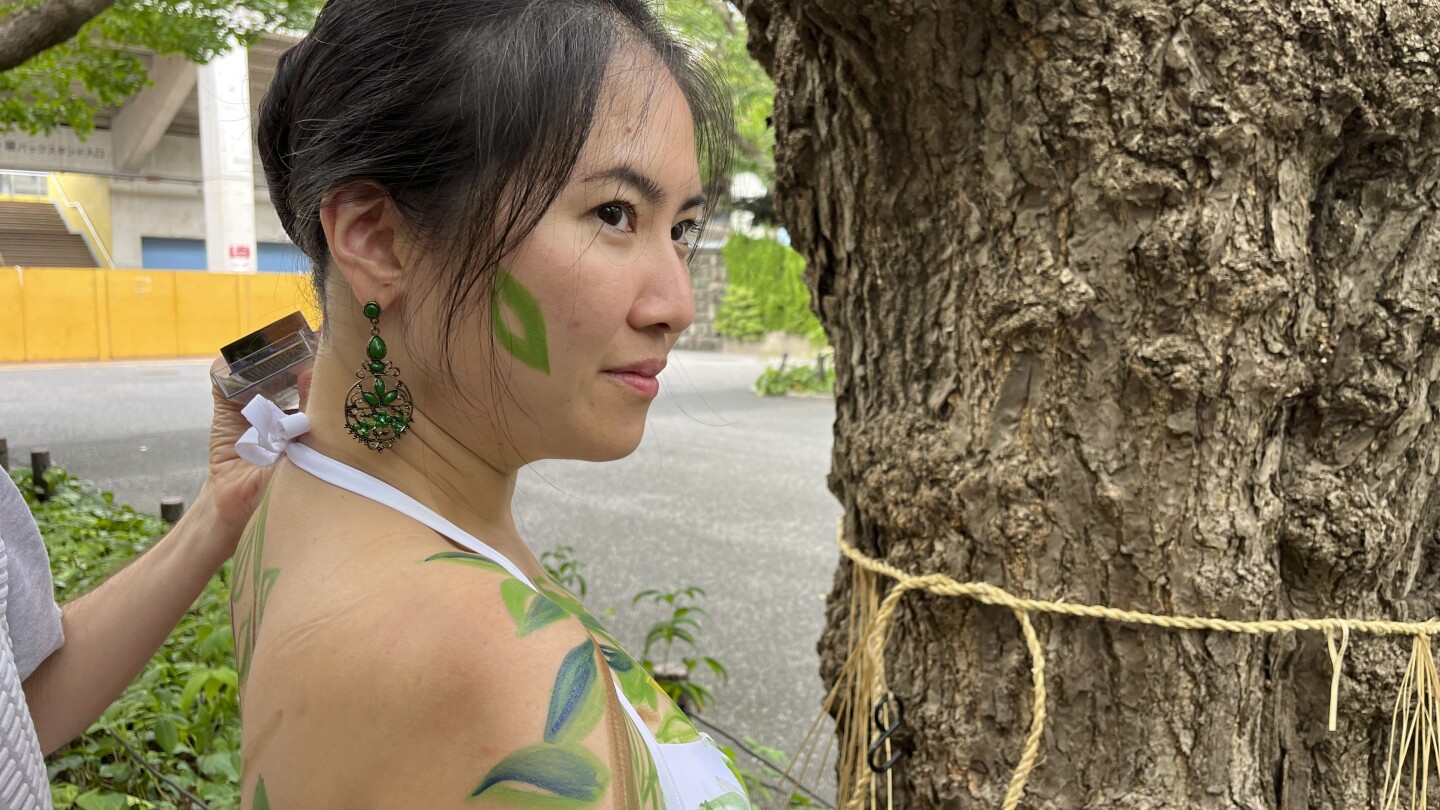- cross-posted to:
- treehuggers@slrpnk.net
A few hundred people have turned out to protect historic century-old ginkgo trees that are likely to be chopped down under a controversial redevelopment for a beloved Tokyo park district.

“If we give a voice to the trees, the developers will listen!”
Fools. Developers wish they could hear the sobs and screams of trees as they’re chopped.

Maybe but at least they are doing something. There is no chance at all if they don’t speak up.

I understand the instinct, but action just for the sake of action is a waste of time and energy.
The developers have names and addresses. Friends and family. If activists really wanted, they could stop them in an instant.
Not that I’m advocating anything. Just sayin~

I’ve always been fond of the idea that no person should be able to chop down a tree which is older than they are.
It was there first. Work around it.

Maybe some inspiration from the legend of the tree that owns itself would be in order

Check out how much is made from wood. You’re idea is cute, but not that viable.
I’m not arguing for the felling of those trees.

That wood comes from plantations. What does it have to do with felling old trees for the sake of development instead of working around them?

The previous poster talks about trees in general. So did I. I even clarified that I’m against chopping down these particular trees. The wood you use in your day to day love most certainly doesn’t stem from plantations. A part of it yes, but that also varies a lot depending on where in the world you are.

Here in the nordics at least i genuinely don’t think any wood doesn’t come from plantations, either it’s plantation or you’re not allowed to chop it down for lumber.

In Germany we have got an integrated system with small pockets of protected forest inside leger forests. However, in opposition to most of the world, we don’t do clear cuts or the like, except for big calamities. we would usually fell single trees inside a forest and have the others left over for a later date or generations. You can get a year old sapling next to a 300 year old oak and everything in between right next to each other. Naturally due to historical over use, we haven’t got any old growth forests like in Ukraine or Poland, but we certainly preserve our ecological functions.

And yet his rule should apply. We shouldn’t fell trees that are older than we are. Plantations only get to 10 years of age for most wood, maybe 15.

While i agree with you, i have to note that trees generally reach the age of about 30-40 before harvesting, at least stuff like spruce which is what is mostly grown in sweden.
The whole defining feature of forestry is that you harvest stuff planted by your dad when he was a kid.

Maybe where you live. To get a usable tree you need at least 40years around here, to get a tree you can build with takes around a hundred years….

Same happened in my town. Beautiful Linden trees (I think Basswood in America). There came protest, so they hired a company to check on the trees and would you know it. ALL trees had something wrong with them and would have died in 20 years anyway. They were all cut down.

Time for some spikes!
This is the best summary I could come up with:
Her message was clear, and she repeated it standing at the heart of the Jingu Gaien park area, its sanctity threatened by a disputed real-estate development plan.
Yuriko Koike would let developers, led by Mitsui Fudosan, build a pair of 200-meter (650-feet) skyscrapers in Jingu Gaien, mow down trees in one of Tokyo’s few green areas and raze and rebuild a historic rugby venue and an adjoining baseball stadium.
The planned redevelopment would take more than a decade to finish, and has attracted lawsuits with mounting opposition from conservationists, civic groups, local residents and sports fans.
Critics say the plan has been rammed through despite a botched environmental assessment as real-estate developers take what was intended as public land and turn it into a private commercial venture.
The project highlights the ties among the main actors: the governor, Mitsui Fudosan, and Meiji Jingu, a religious organization that owns much of the land to be redeveloped.
However, Koshien Stadium near Kobe, built in 1924, has been renovated over the last 15 years, much in the same way that Fenway Park (1912) in Boston and Wrigley Field (1914) in Chicago are still viable for two of MLB’s most famous teams.
The original article contains 664 words, the summary contains 198 words. Saved 70%. I’m a bot and I’m open source!

why must we always be developing bullshitttt. theres enough houses, theres enough strip malls, can humanity please be fucking content with what we have

Tokyo really needs more trees.


